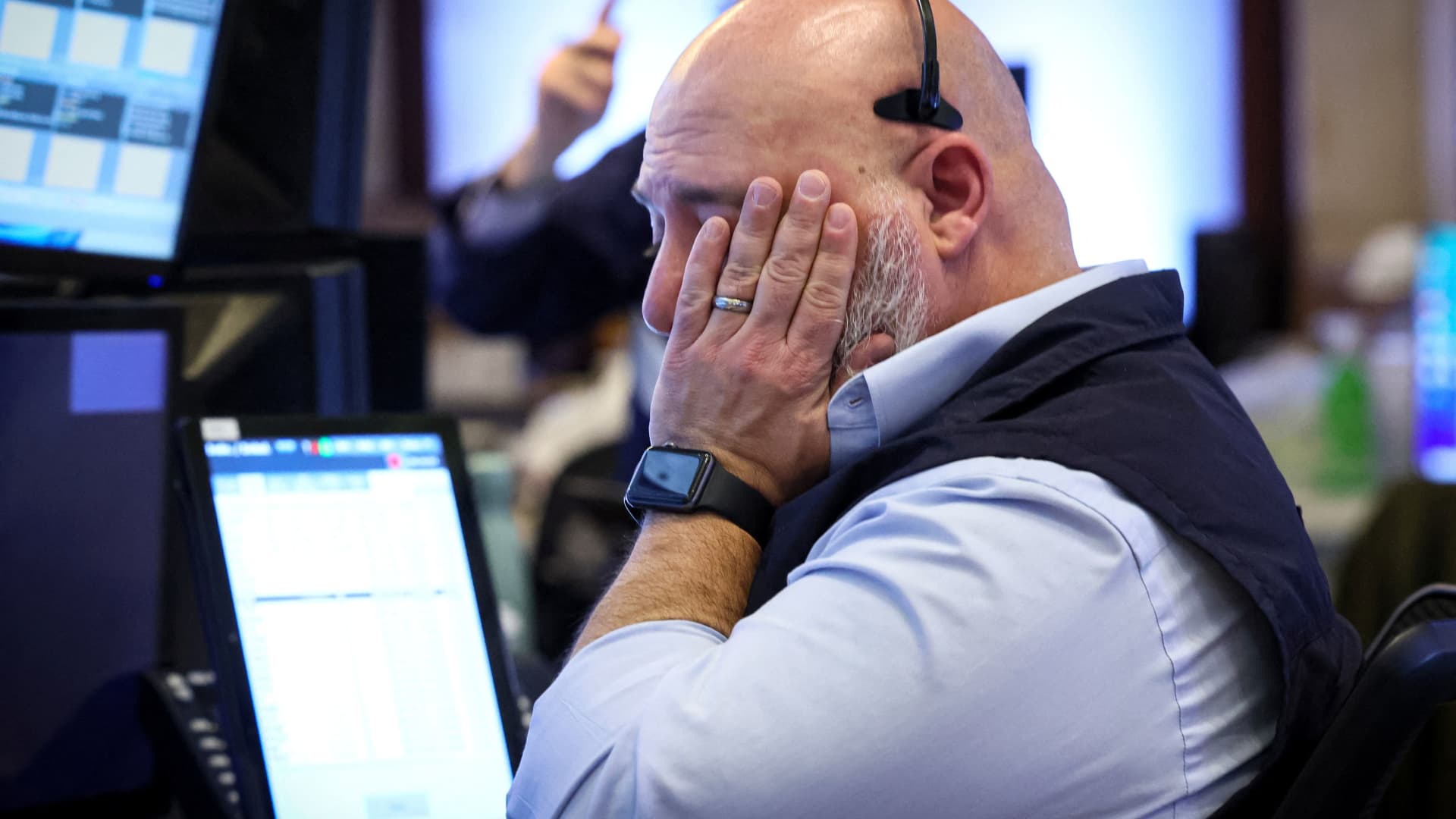The steady march to new highs for the stock market has proven many a market strategist wrong over the past year. Now the bull market starting to deal the final blows to investment strategies that bet against it. The Simplify Tail Risk ETF , which trades under the cheeky ticker “CYA,” is headed for liquidation later this month after a brutal money-losing stretch. The fund, designed to help offset an investor’s losses when the market turns south, has lost more than 99% of its value over the past year. CYA 1Y mountain Simplify’s Tail Risk ETF has been beaten down by the market rally. A key reason for the dramatic decline — which Simplify does warn about on its website — is that the fund protects against “tail risk” by using up to 20% of its assets to purchase options against market declines or volatility, including in trades tied to the Cboe Volatility Index, or “Vix.” With the market rallying with muted volatility over the past year, those options have often expired worthless, leading the fund to fork over more money to re-up the protection. Michael Green, Simplify chief strategist, told CNBC that the fund did work as designed but was a victim of the market conditions and shifting investment sentiment. “The simple reality is nobody likes to have a melting ice cube in their portfolio. … And candidly it’s just made 10-times worse when you have an environment in which markets have done nothing but go up,” Green said. “Tail protection, which was heavily desired in 2020, has no bids right now. It speaks more to the sentiment of the market, I think, than to the viability of that type of product,” he added. Inflation hedge strategies CYA’s eye-popping negative returns may make it a dramatic example of a downside hedge strategy going wrong, but it is far from the only ETF that showed brief promise in the post-pandemic environment but is now seeing subpar returns and investors pulling out. Inflation-fighting funds are also taking a hit. The Quadratic Interest Rate Volatility & Inflation Hedge ETF (IVOL) , for example, is down 3.4% over the past 12 months, and has seen $34 million in outflows year to date, according to FactSet. Inflation-focused equity funds like the AXS Astoria Inflation Sensitive ETF (PPI) and Fidelity Stocks for Inflation (FCPI) have seen weak demand from investors this year after underperforming the S & P 500 over the past 12 months. Investors will naturally look for ways to guard against large declines in the market when fear rises, but it is best for the fund issuers and their prospective customers if the funds are easy to understand, said Bryan Armour, Morningstar’s director of passive strategies research for North America. “I would definitely say simpler is better. Understand the potential outcomes. And that way if you’re losing money on it, and it’s a tail risk ETF where you’re buying a put [option], then you understand why that’s happening,” Armour said. Hedging volatility Then there is the issue of using a volatility index to guard against a market drop, as CYA did. Philip Toews of Toews Asset Management said that downside protection can still be useful for investors, but that using the Vix in particular to do so may be “radioactive.” “The other reality that we’ve seen over the last couple of years is that Vix has been muted, relative to what has happened historically during down markets, especially in 2022. So not only do you have this very high cost of Vix, you have not the expected protection when markets move lower,” Toews said. Toews’ theory is that downside protection strategies need to be actively managed to respond to changing risks. His firm offers the multi-asset Toews Agility Shares Managed Risk ETF (MRSK) , which has brought in $79 million over the past year, but is still a relatively small fund with total assets of $131 million. The fund’s total return over the past year is about 15%, with a net expense ratio of 0.95%. To be sure, there are some hedged products, like buffer funds, that have continued to pull in assets during the market rally. The rising popularity of private credit is also an example of investors seeking out ways to lower the overall volatility of their assets. There is still a place for well-designed downside protection strategies as long as investors understand that they are like an insurance policy that pays off when the market drops, Armour said. “A tail risk ETF is going to go potentially over a decade without working, and that’s okay. That’s okay because it is really just supposed to work in that one instance when it happens, but you can’t lose the whole investment along the way,” Armour said.
This story originally appeared on CNBC

